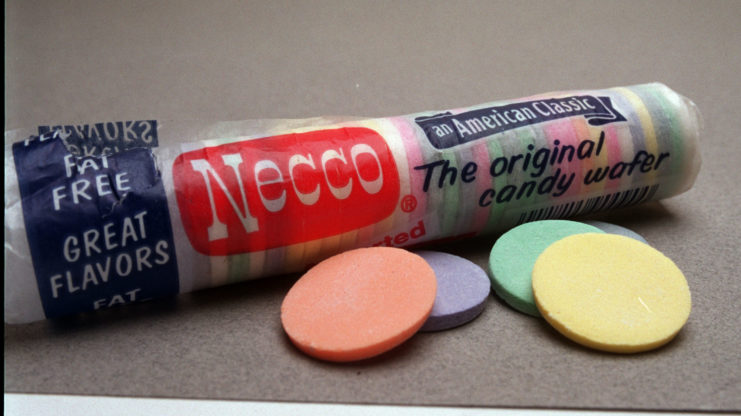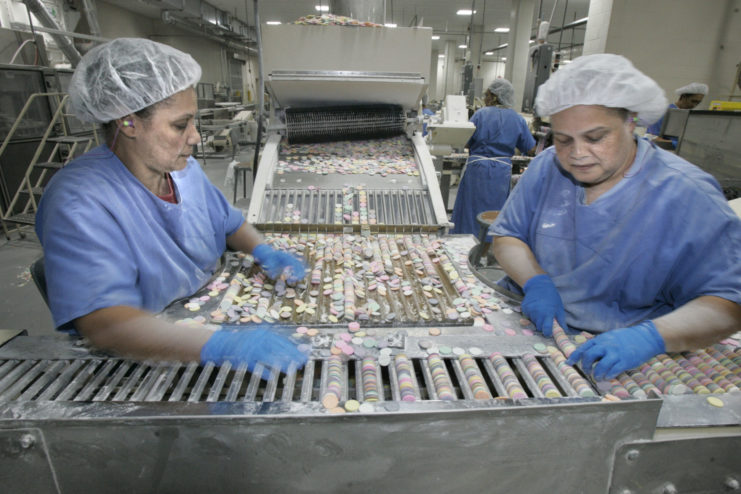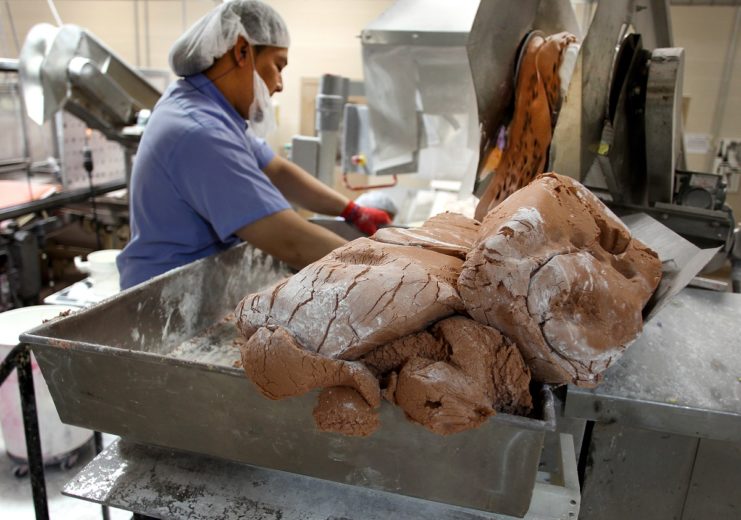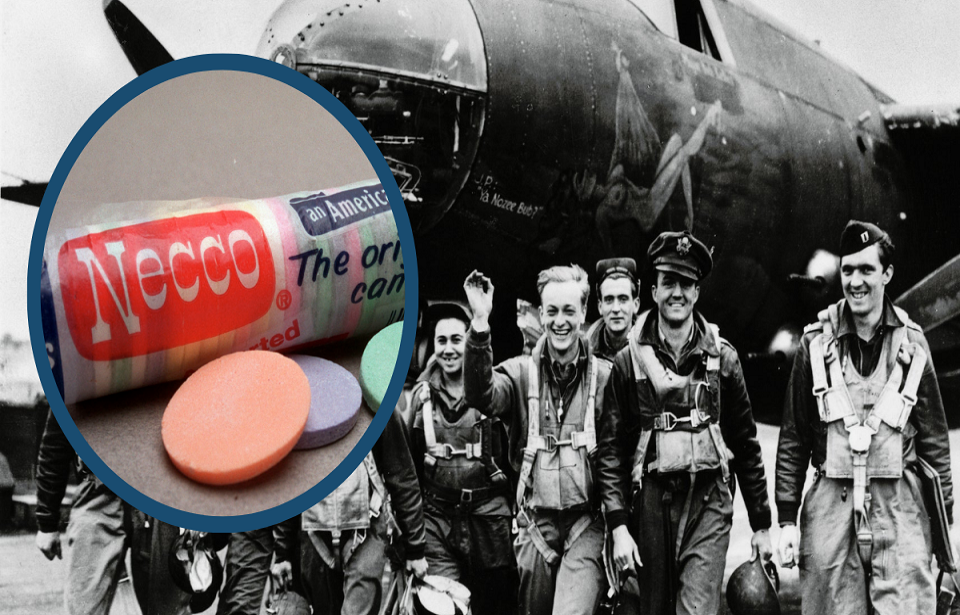The American Civil War brought about the deaths of hundreds of thousands of people and was one of the first indicators of what modern advances in armaments could do to warfare. However, it also allowed medical techniques to develop, saw widespread use of technology to help win battles, and interestingly, spawned the modern candy industry.
The nature of the Civil War meant the US was essentially divided in two; the North and the South. The North contained much of the nation’s industry and was supported by the Union Army. Meanwhile, the South possessed the agricultural heartland and was supported by the Confederate Army.
The Confederate Army infamously suffered from poor logistics, meaning it was hard to feed the troops. Although they were able to make food, transporting it became increasingly difficult as equipment was destroyed. The lack of large-scale industrial facilities made replacing equipment increasingly hard.
On the other hand, the Union Army was well fed and supplied, which came down mostly to the extremely effective work of the Subsistence Department. In fact, they were so well supplied that the troops were even able to enjoy sweet candy after a long day in battle.
Necco Wafers

In 1847, over a decade before the Civil War started, English immigrant Oliver Chase invented the lozenge cutter, the first American candy machine. With the creation of this machine came the creation of wafers; small disc-shaped sweets.
Chase’s sweets proved to be popular, and he and his brother, Silas Edwin, teamed up to form Chase and Company. At this time the sweets were known as hub wafers.

Already selling well, the wafers received a massive boost in popularity and exposure as they were supplied to soldiers in the Union Army once the Civil War broke out in 1861. The wafers were an ideal food to give to an army, as they were small, easy to transport, tough, and didn’t degrade like other foods. Their sweet taste would have certainly given troops a small mental boost during wartime.
Union soldiers were also given jelly beans and Jordan almonds. Jordan almonds are much older than even Necco Wafers, potentially dating back to the 15th century.
The widespread consumption of these candies meant many troops returned home as faithful customers.
However, it wasn’t until the 1900s that the candy would receive its current name. Chase and Company merged with both Forbes, Hayward & Company, and Wright & Moody in 1901, to create the New England Confectionary Company, or Necco.

By 1912 the hub wafers became known as Necco Wafers. Necco sold other types of sweets, but the wafers remained their most popular product. The following year they were taken on Arctic expeditions with Donald MacMillan, who shared them with Eskimo children.
In 1930 two tons of Necco Wafers were taken on an expedition to the South Pole, as their long-keep attributes were useful in harsh conditions. WWII would serve as another massive spike in Necco Wafer consumption, as they were once again sent into battle with troops. The US government actually ordered Necco to produce the wafers for soldiers fighting around the world, introducing them to thousands of people.
Like what happened after the Civil War, Necco observed a huge increase in sales after WWII, as they had gained many new loyal customers.
The tasty candies remained on sale until 2018 when Necco filed for bankruptcy. Fortunately, they were bought by the Spangler Candy Company who put the wafer back into production.
